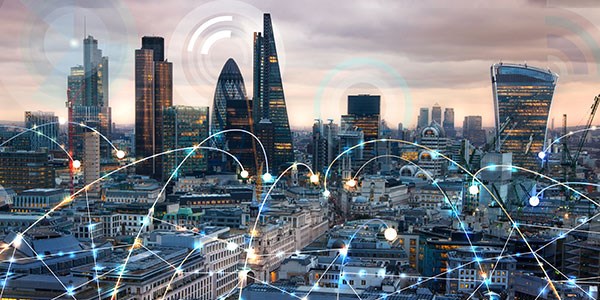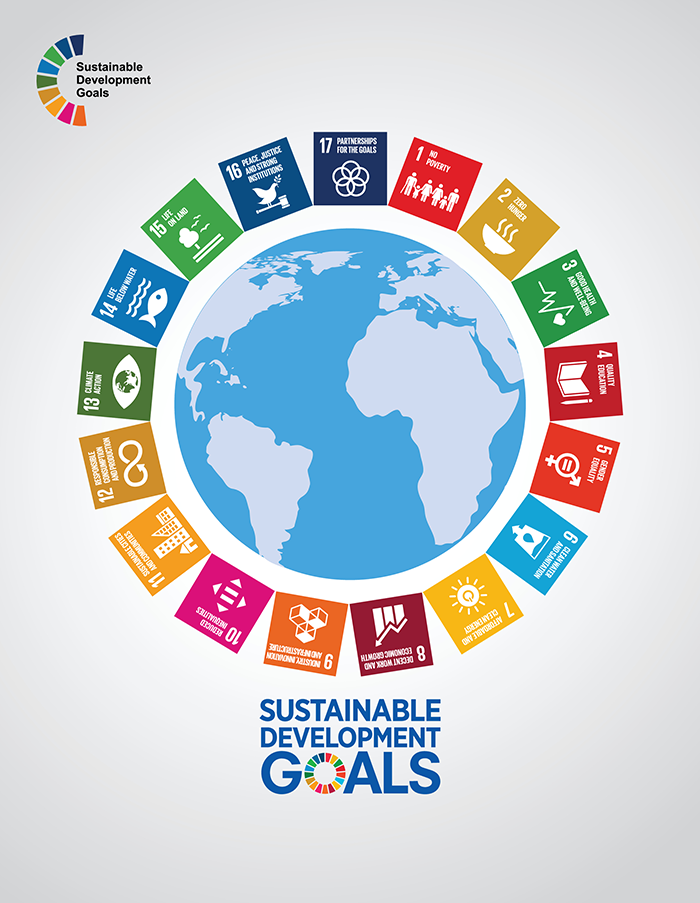Digitally Invisible
Broadband internet is failing to reach billions of people, in fact, 90 percent of those living in the poorest nations of the developing world, according to United Nations reports that offer country-by-country data. Additionally, high-speed broadband access is also unavailable in even the world’s most developed countries in the rural areas. The Digital Divide is one of the world’s most important social issues because of its impact on economic development and quality of life.
United Nations Sustainable Development Goals
The United Nations Sustainable Development Goals (SDGs) stress that access to information and communication technology (ICT), particularly broadband internet, has the potential to serve as a major accelerator of development. The importance of connectivity is specifically recognized in the SDGs.
Once considered a luxury, access to high-speed broadband has quickly become viewed more like a utility and essential to the world's commerce, educational opportunities, entertainment resources, and governmental communication.
Global Expansion of the Internet
The United Nations SDGs measure global development by the number of people left behind, those who remain offline and are unable to take advantage of the enormous economic and social benefits the internet can offer.
Research shows that the top 10 countries for household internet penetration are all located in Asia or the Middle East. The Republic of Korea continues to have the world’s highest household broadband penetration, with more than 98 percent of homes connected, followed by Qatar, and Saudi Arabia.
For people living and working in North America, Europe, and other relatively prosperous regions of the world, access to the internet is a given. Even if someone cannot afford a private, subscription-based fixed or mobile account, Wi-Fi hotspots offering free internet access are relatively ubiquitous in coffee shops, public libraries, and even in certain mass transit stations, which let everyone with a smartphone, tablet, or laptop access the internet. However, more internet access is needed because those who enjoy the fastest internet connections describe visiting these First World regions as “a rural holiday in a Third World country: slow-paced, peaceful, and disconnected from modern life.”
Yet in the developing regions of the world, which include but are not limited to parts of Africa, Asia, and Latin America, there is relatively sparse infrastructure in place to allow citizens of these areas to access the internet. Moreover, even when there are connections available, many people in those regions simply cannot afford either the devices required or the account access.
The lowest levels of internet access are mostly in sub-Saharan Africa, with internet available to less than 2 percent of the populations in Guinea, Somalia, Burundi, and Eritrea.
Progressing Mile-By-Mile
The United Nations SDGs call for efforts by governments and all partners to ensure access, use, and affordability. The United Nations Broadband Commission has a target of 75 percent global coverage by 2025 for high-quality, affordable internet. There’s no shortage of non-traditional schemes to bring connectivity to underserved countries, and while it seems like an insurmountable Herculean task to play infrastructure catch-up, overcoming the challenge of missing reliable underground or aerial networks often means relying on proven methods, such as trenching conduit and building cell towers.
With a little help from outside investors and companies, developing countries are quickly and quietly finding success as they build their own internet infrastructure. As the industry’s only global provider, Dura-Line has supported the infrastructure build out that enabled our digitally connected world to-date and believes every person, every household, every school, every community should have access to high-speed broadband. Dura-Line supports the United Nations SDG by providing cutting-edge technology and customized products for all terrains and installation practices. Dura-Line is working to advance life around the world by creating a more connected world.
Three Billion New Online Customers
As the other half of the planet gains access to the internet, the impact of internet will be profound, since broadband will bring many previously unavailable services, such as distance education, telemedicine, online banking, and government program access. Three billion new customers represent unforeseen opportunities for innovation and entrepreneurship. Access, education, and proper application will be critical to successful user adoption rates.



